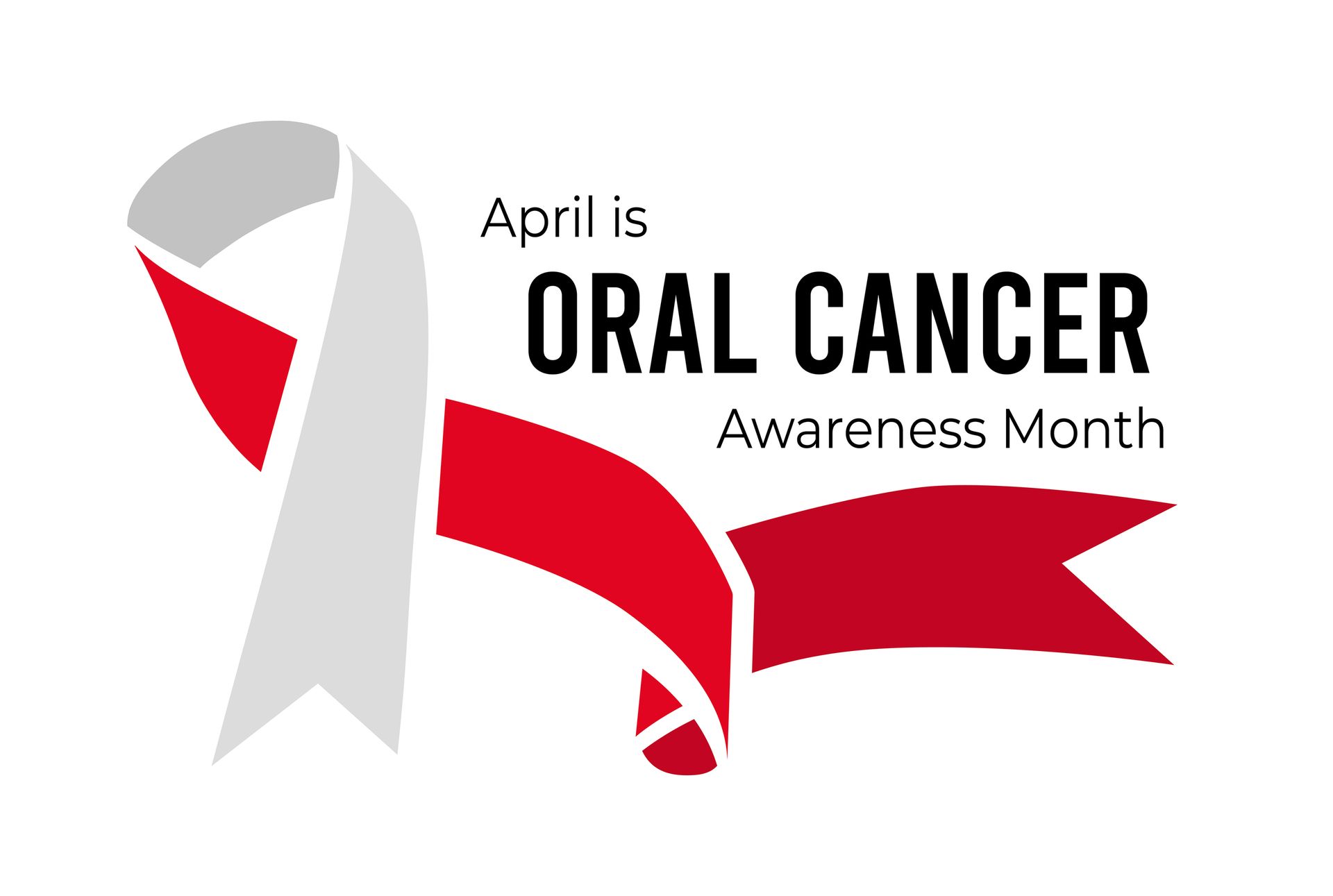Understanding the Timeline of Tooth Eruption in Babies and Children
Tooth eruption is an essential aspect of a child’s growth and development. It not only signifies the ability to chew and speak but also marks different stages of childhood. Parents and caregivers often look forward to these milestones, which begin in infancy and continue into early adolescence.

Primary Teeth Eruption
The first set of teeth, known as primary or baby teeth, typically starts to appear when a baby is around 6 months old. However, this can vary; some infants may have their first tooth as early as 4 months, while others might not until after their first birthday.
1. Lower Central Incisors: These are usually the first to erupt, appearing between 6-10 months of age.
2. Upper Central Incisors: Following closely are the upper front teeth, erupting around 8-12 months.
3. Upper and Lower Lateral Incisors: These appear between 9-13 months.
4. First Molars: The first set of upper and lower molars usually make an appearance between 13-19 months.
5. Canines (Cuspids): These teeth fill the gap between incisors and first molars, erupting around 16-23 months.
6. Second Molars: The last of the baby teeth, these typically appear between 23-33 months.
By the age of 3, most children have a full set of 20 primary teeth.
Permanent Teeth Eruption
The transition to permanent teeth begins around age 6 and can continue until age 21. This process includes the loss of primary teeth and the emergence of a new set of teeth, which includes additional molars.
1. First Molars (6-year Molars): These are the first permanent teeth to erupt, often at the age of 6, behind the baby teeth.
2. Central Incisors: Between 6-8 years, children will start to lose their lower and then upper central incisors, replaced by permanent ones.
3. Lateral Incisors: These follow suit, replacing the primary ones between 7-9 years.
4. Canines and First Premolars (Bicuspids): Between 9-12 years, the canines and first premolars replace their primary counterparts.
5. Second Premolars and Second Molars: These erupt between 10-13 years.
6. Third Molars (Wisdom Teeth): These are the last to emerge, typically between 17-21 years, but not everyone develops them.
Factors and Concerns Influencing Tooth Eruption
There are several concerns associated with the process of tooth eruption in babies and children. These concerns mainly revolve around the timing, health, and alignment of the teeth, as well as the overall oral health of the child. Here are some key points to consider:
1. Delayed Eruption: If teeth do not appear according to the typical timeline, it may be a sign of developmental issues. Factors like premature birth, low birth weight, or certain genetic conditions can lead to delayed tooth eruption.
2. Early Loss of Baby Teeth: Losing baby teeth too early, often due to decay or injury, can lead to alignment problems for permanent teeth. This is because baby teeth serve as placeholders for permanent teeth.
3. Dental Decay: Primary teeth are more susceptible to cavities than permanent teeth. Poor oral hygiene, excessive consumption of sugary foods, and not getting enough fluoride can lead to cavities.
4. Teething Discomfort: While teething is a normal process, it can cause discomfort or pain for some children. Symptoms include irritability, gum tenderness, and drooling. Some children may also experience a slight increase in temperature, but a high fever is not a normal teething symptom.
5. Overcrowding and Misalignment: As permanent teeth start to erupt, they may become overcrowded or misaligned, particularly if the jaw is too small to accommodate them. This can lead to difficulties in cleaning teeth properly, which increases the risk of cavities and gum disease.
6. Impacted Teeth: Sometimes, teeth may become impacted (unable to emerge through the gums) due to obstruction by other teeth or misalignment. Wisdom teeth are commonly impacted, but this can also occur with other permanent teeth.
7. Oral Hygiene Challenges: As children grow, they need to learn effective oral hygiene practices. Poor brushing and flossing techniques can lead to plaque buildup, gum disease, and cavities.
8. Thumb Sucking and Pacifier Use: Prolonged thumb sucking or pacifier use can affect the alignment of teeth and the development of the mouth, leading to orthodontic problems.
9. Nutritional Factors: Adequate nutrition is crucial for healthy tooth development. Deficiencies in certain nutrients, like Vitamin D and calcium, can affect the health and strength of both primary and permanent teeth.
Conclusion
Tooth eruption is a pivotal developmental stage in a child’s life, encompassing the emergence of both primary and permanent teeth. This process, while natural, can present several concerns, including delayed eruption, dental decay, and alignment issues. Factors such as genetics, nutrition, and oral hygiene play significant roles in the health and timing of tooth eruption. Parents and caregivers should be vigilant about oral hygiene practices, responsive to teething discomfort, and aware of the potential for dental problems like overcrowding, misalignment, or impacted teeth. Regular dental checkups from an early age are crucial for monitoring tooth development, ensuring timely intervention, and maintaining overall oral health. By understanding and addressing these aspects, we can help ensure a healthy foundation for a child’s oral health into adulthood.




